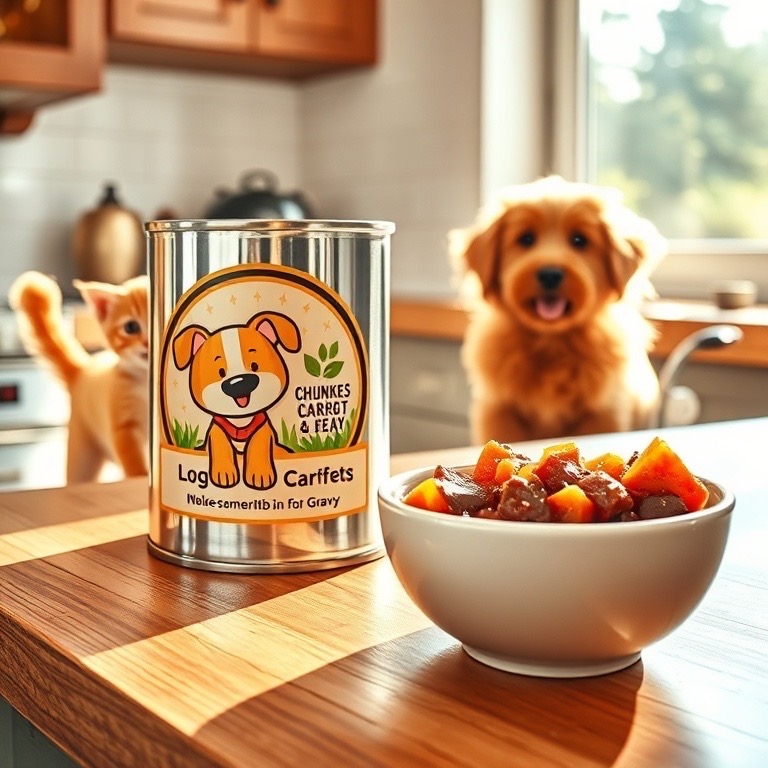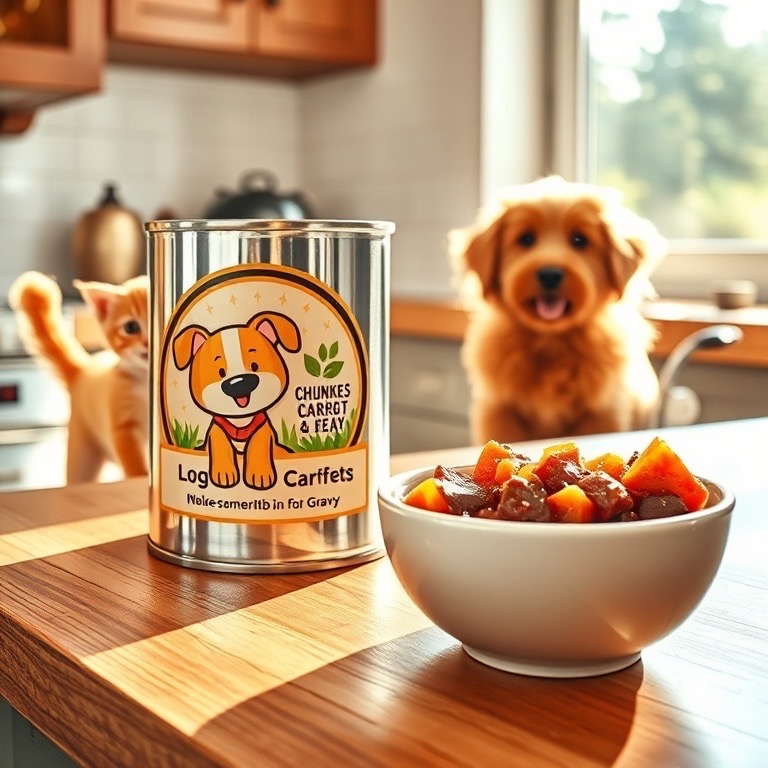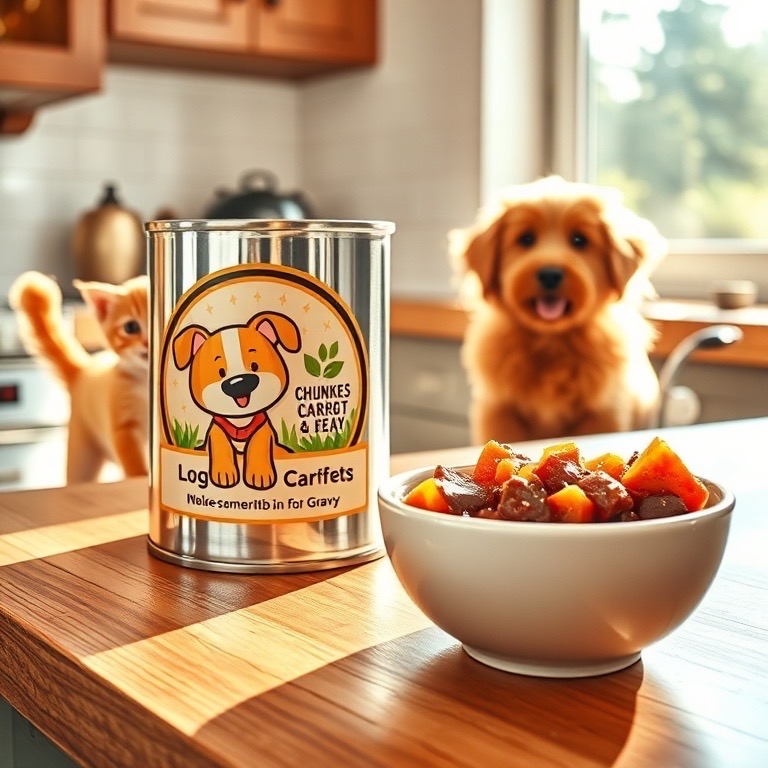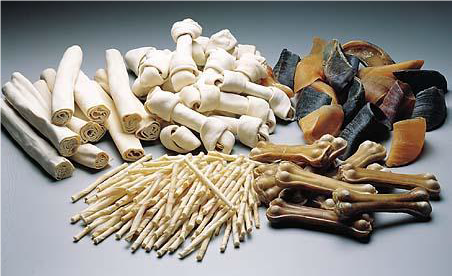

Starch for pet food processing refers to the various types of starch added as formulation ingredients during the production of dry kibble, canned food, or snacks for pets. These starches not only serve as an energy source, but also play important physical and technical roles in the manufacturing process. Details are as follows:
1. Common Types of Processing Starch
- **Corn Starch**
Widely used in dog and cat food; affordable and has stable supply.
- **Wheat Starch**
Fine texture; commonly used to enhance feed structure.
- **Rice Starch**
Highly digestible; suitable for pets with sensitive digestive systems.
- **Potato Starch**
Gluten-free; appropriate for pets prone to allergies.
- **Tapioca Starch (Cassava Starch)**
Common in grain-free formulas with excellent expansion properties.
- **Pea Starch**
Increasingly used in grain-free feed as a substitute for traditional cereal starches.
---
2. Functions of Starch During Processing
(1) **Shaping Agent & Structural Stability**
Starch gelatinizes when heated, enabling feed pellets to form and maintain structural integrity, while reducing brittleness. Particularly in **extrusion expansion**, starch is key to creating the expanded texture.
(2) **Moisture Absorption & Water Retention**
Starch absorbs some moisture, preventing feed from becoming too hard and dry, thus improving palatability.
(3) **Cost Control**
Starch is generally less expensive than animal proteins, helping to lower overall product costs.
(4) **Adjusting Texture and Appearance**
Different starch sources affect the color, texture, and density of the feed, allowing products to better meet market preferences.
3. Starch Processing Techniques
- **Pre-gelatinized Starch**: Some starches are pre-cooked to make them expand more easily during extrusion, improving digestibility.
- **Enzymatic Treatment**: Some manufacturers use enzymes to pre-digest starch, reducing digestive burden and enhancing absorption.
- **Gluten-free Starches**: For pets with allergies, potato, tapioca, or pea starches without gluten are selected.
4. Impact on Pets
- **Digestibility and Absorption**: Processed starch (especially high-temperature extruded) is more digestible than raw starch.
- **Glycemic Response**: Different starches have different glycemic indices; high-GI starches can cause large blood sugar fluctuations, so special care is needed for diabetic or obese pets.
- **Allergic Reactions**: Some pets may be allergic to cereal starches like wheat or corn, so grain-free or alternative starch sources are recommended.
5. Recommendations for Choosing Processing Starch
- **Select According to Pet Needs**: Puppies, adult dogs, seniors, cats, and pets with special conditions (such as allergies or sensitive digestion) require starch sources suited to their needs.
- **Check Ingredient Ratios**: Avoid excessive starch content, particularly for cats or pets requiring high protein and low carbohydrates.
- **Choose Reputable Brands**: Ensure the safety of starch sources by avoiding industrial-grade or low-quality starch.
Summary
Starch used in pet food processing plays an irreplaceable role both technically and nutritionally in feed production, but appropriate starch types and proportions should be selected based on pet species, health status, and specific needs. Consumers should pay attention to ingredient labels and brand information to provide their pets with the most suitable diet.









